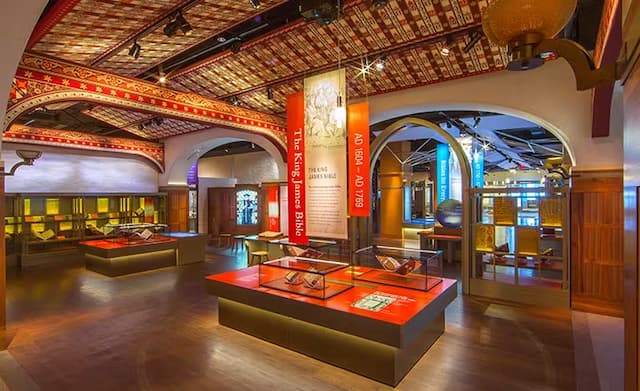Conflict of Interest

Over the past few months, I’ve been digesting a book called STORY by Robert McKee. McKee is a guru of sorts, an author, lecturer, and consultant for screenwriting. He’s consulted for theater, film, and television on the art of storytelling, and also for many large corporations (from Nike to Microsoft) on the art of business storytelling.
Two things made me take notice of this book. It was required reading for my son for his Film degree at Brooks Institute. And it was required reading for my friend for his Doctorate of Ministry from Fuller Theological Seminary (Preaching Class PR722).
There are a lot of takeaways in this book, for the art of storytelling is one that we—as artists of faith—must understand and incorporate into our art. Whether we’re a dancer or a novelist, a lyricist or a painter, we are all sacred storytellers of the Grand Story. But there is one takeaway in particular I’d like to share.
All stories are propelled by conflict. A lack of conflict is a lack of story. A good story is not a description of stasis; A good story takes a protagonist from some semblance of “normal” through ever-increasing conflict toward a more or less satisfying new normal. McKee describes three types of conflict: Inner Conflict (mind, emotions, body), Personal Conflict (family, friends, lovers), and Extra-Personal Conflict (individuals in society, social institutions, physical environment). The protagonist must react to the conflict, choosing to take on commensurate risk, in order to move through the conflict, to either triumph or fail. The protagonist’s character arc is demonstrated through these reactions.
Without question, the hardest part of writing a screenplay for me has been Act 2, that part of the story where conflict builds and the characters must respond to that conflict, eventually propelling them to the climax. Act 2 is where life happens, in increasingly conflictual measure. In contrast, Act 1, the setup, and Act 3, the resolution, were easy. So I’ve had to go back—rewrite after rewrite—to increasingly beef up the conflict of Act 2. Because conflict creates interest. As my script consultant stated matter-of-factly, “Second acts are difficult.”
If you look at the Story of God—from Adam to Abraham to Moses to David to Jesus—we see conflict abounding. The inner conflict within individuals, the personal conflict of families and friends, and the extra-personal conflict of wars and famines and politics and exile. The banishment from Eden. The fugitive flight of David. The exodus of the Jews. The Garden of Gethsemane. Indeed, Act 2 of the Bible begins in Genesis 3 and doesn’t stop until the Book of Revelation. The Good News of the Bible is so very sweet because the tribulations and destructions that come before it make our neediness and desperation so acute.
How does this relate to art? Conflict can take many forms, depending on your medium. For music, it could be harmonic dissonance (probably why I love jazz so much). For the literary arts, it could be the creation of antagonistic circumstances, or a dissonance of ideas, or even the use of unsavory words. For the visual arts, conflict can be portrayed through color, through brash imagery, or through the portrayal of conflict itself. I worked with a choreographer who portrayed conflict through abrupt and irregular movement. The point is, artists of faith should be true in portraying a fallen world where conflict is a propelling force.
But beyond the arts, conflict is often real and personal. Real life—the kind that happens to us every day—is mostly lived out in Act 2. The majority of our lives is spent in that part of our script where we deal with tribulation and heartache, striving and challenge, triumph and overcoming. Our character arcs (a.k.a., our soul formation) is demonstrated through these reactions. And I would argue that the best lives are the ones that have all of it, good and bad. The screenplays of our lives would not be worth being acted out if we didn’t have the conflict to propel us somewhere.
Yeah, it’s messy. And painful. And seemingly unbearable at times. But these periods of conflict are the very moments that help define our lives.
For more on this, please see my related blog posts: Telling the Prodigal Story, Based on a True Story, or Art and the Three-Part Structure.
[Banner photo by Ryan Cheng on Unsplash.]




